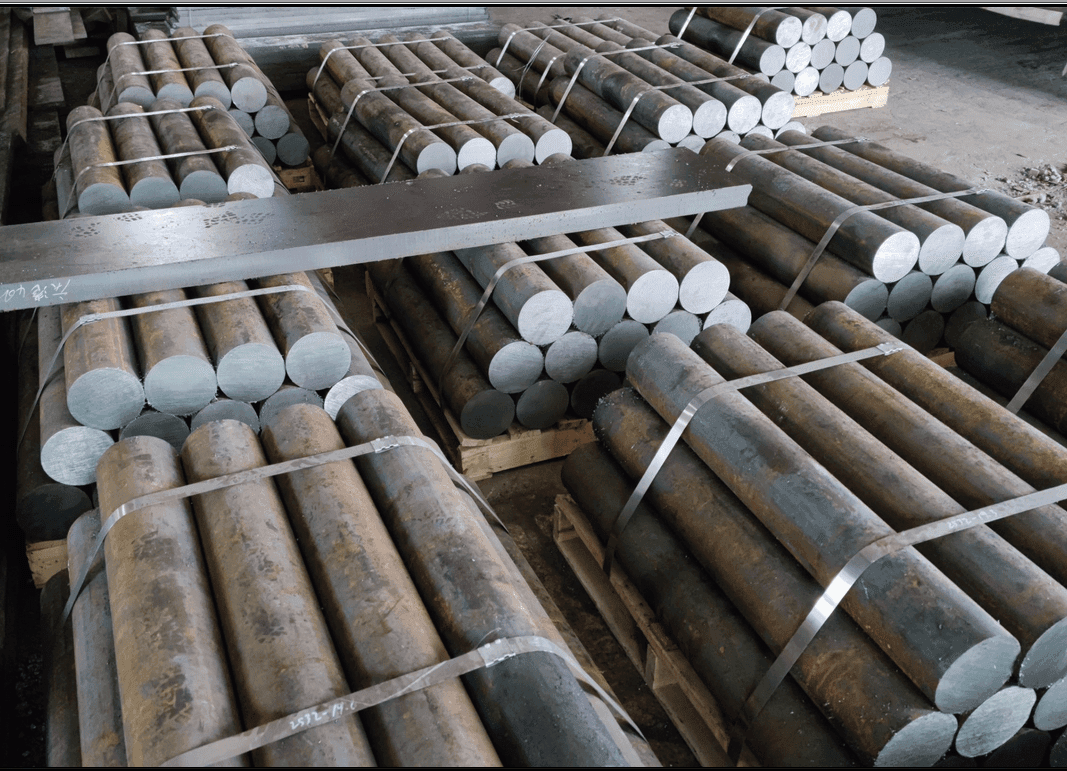
655M13 Case-Hardening Steel | Supplier & Stockist
Nifty Alloys LLC is a trusted supplier and stockist of 655M13 Case-Hardening Steel based in the UAE, serving industries across the Middle East and exporting globally. 655M13 steel is a nickel-chromium-molybdenum alloy steel known for its exceptional wear resistance, core strength, and ability to be case-hardened for high-stress engineering applications.
When you need reliable performance under pressure, 655M13 delivers both a tough interior and a hard, wear-resistant surface—making it ideal for gears, shafts, and heavy-duty components.
What Is 655M13 Case-Hardening Steel?
655M13 (equivalent to AISI 9310 or EN 17NiCrMo6-4) is a low-carbon, nickel-chromium-molybdenum steel developed specifically for carburizing (case hardening) applications. It offers a strong, ductile core combined with a highly hardenable surface, providing the perfect balance between toughness and wear resistance.
Once case-hardened, 655M13 achieves a surface hardness of up to 60 HRC, making it suitable for critical moving parts that require long service life under load.
Key Features & Benefits
- Excellent case-hardening response for deep, uniform hard surfaces
- High core strength and toughness after heat treatment
- Outstanding fatigue resistance and wear performance
- Good machinability in the annealed state
- Strong dimensional stability after carburizing
- Excellent grain structure and clean microstructure
- Performs reliably under shock, vibration, and cyclic loads
Applications of 655M13 Steel
Chemical Composition of 655M13 Steel
Carburising / Case Hardening
Softening of 655M13 Steel
Heat Treatment of 655M13 Steel
Equivalent Grades of 655M13 Steel

Elevate Your Projects with
with
 Our Superior Steels
Our Superior Steels


Nifty Alloys LLC is a leading supplier and stockist of 655M13 Case-Hardening Steel in the UAE, serving customers across Saudi Arabia, Oman, Qatar, Kuwait, and Africa. We supply premium-quality nickel-chromium-molybdenum steels for automotive, aerospace, and engineering industries.
Whether you need 655M13 round bars, forged blocks, or custom-sized billets, Nifty Alloys LLC ensures precision, quality, and fast delivery across global markets.









